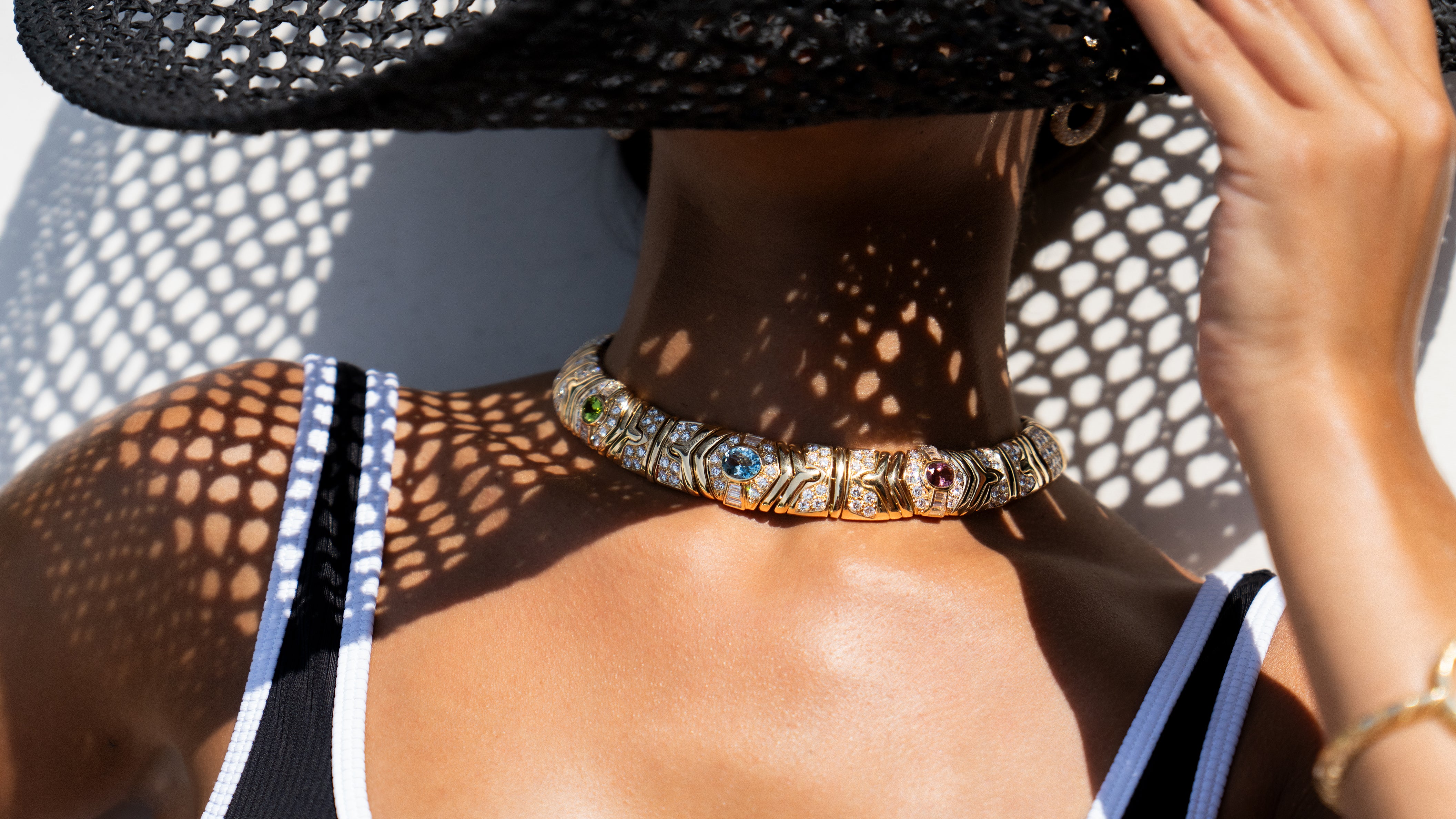The Four C's
The Four C's - Color, Clarity, Cut, and Carat
Diamonds are truly remarkable gems. They travel a long hard journey to become part of your family as a keepsake that can be celebrated and passed along for generations.
Purchasing a diamond for the first time can be a daunting task, but keep in mind, that your diamond is special and just for you.
There are four factors to consider when purchasing a diamond: color, clarity, cut, and carat.
Color grading was established in 1953 by the Gemological Institute of America.
The goal was to have a way to compare diamonds to one another.
D colorless stones are considered more valuable since they are a rare find.
Most diamonds do have some color, and that color can be romantic like the warmer hue of a M graded stone.
Yes, many of our diamonds pre-date this system, but thankfully, the color scale still applies to our antique inventory.

Clarity is a grade given to diamonds based on the size and location of inclusions.
These inclusions are natural and are a common part of a diamond's growth.
No two diamonds are the same in this regard, even with the same grade. Inclusions are unique - much like a fingerprint or snowflake.
Keep in mind that SI clarity inclusions are rarely seen with the naked eye and can usually be seen with a loupe.
VS clarity inclusions are difficult to see even with a loupe.
I clarity inclusions can often be seen with the naked eye.


Cut is the simplest of the four c’s and is completely up to personal preference. Cut refers to the shape and style of your diamond.
Here at Wilson’s we have several older cuts like rose, old mine, old European, and transitional cuts.
Carat is the unit of measure for the weight of gemstones and it was adopted for standardized use in 1907.
One carat is comprised of 100 points - much like having 100 pennies equal one dollar.
At each quarter of a carat, a diamond’s value greatly increases since it is more rare to find a large gem quality diamond.
Each of these four c’s unite in a unique way to compose a diamond.
When choosing your diamond, decide what is the most important factor to you. Usually when you prioritize one factor, the other elements fall into place.

We evaluate each diamond in house by our professionally certified and trained staff.
Mountings prohibit full and accurate observation of gem quality and weight, all data pertaining to mounted gems can be considered as approximate unless accompanied by an independent laboratory report (GIA).
Major diamonds are graded with the use of pre-graded permanent master diamonds as color comparison stones and the grading nomenclature prescribed by GIA.
Images are courtesy of the Gemological Institute of America.
